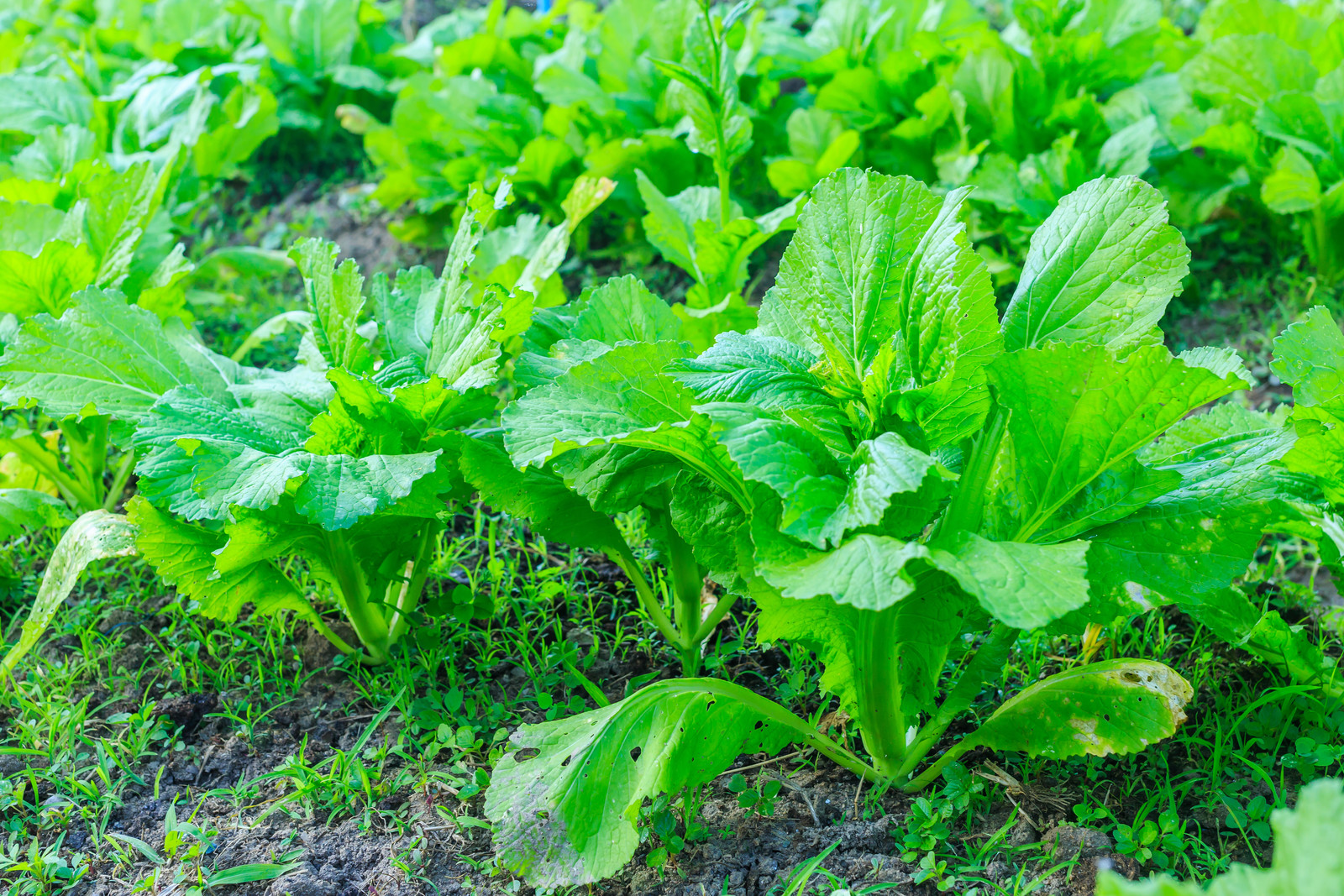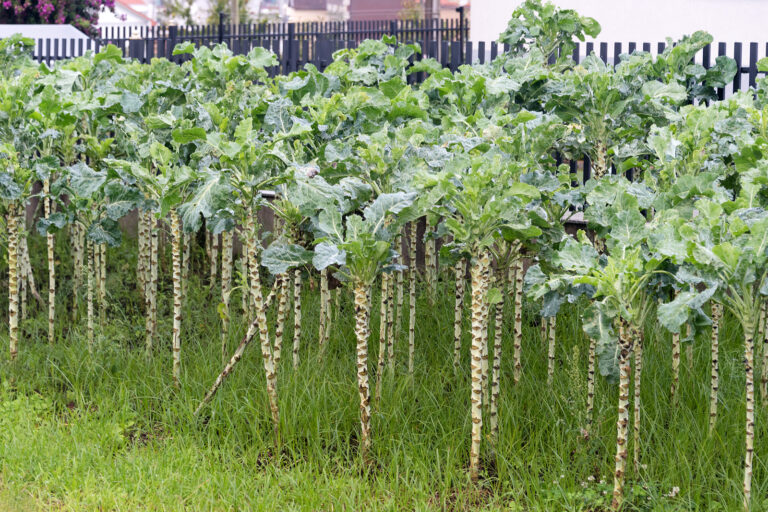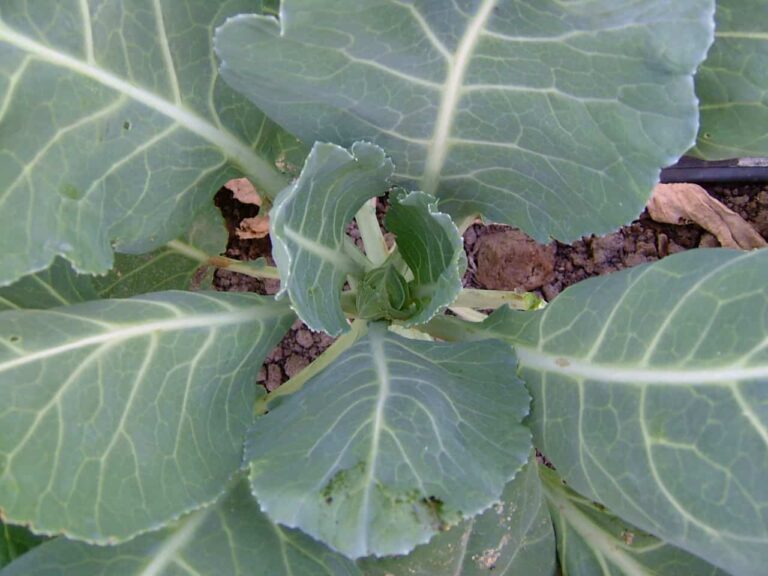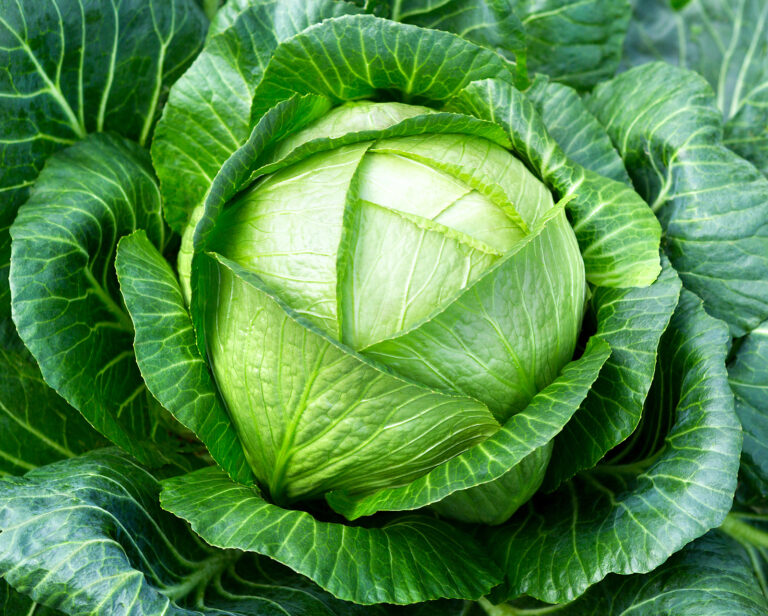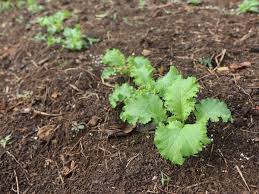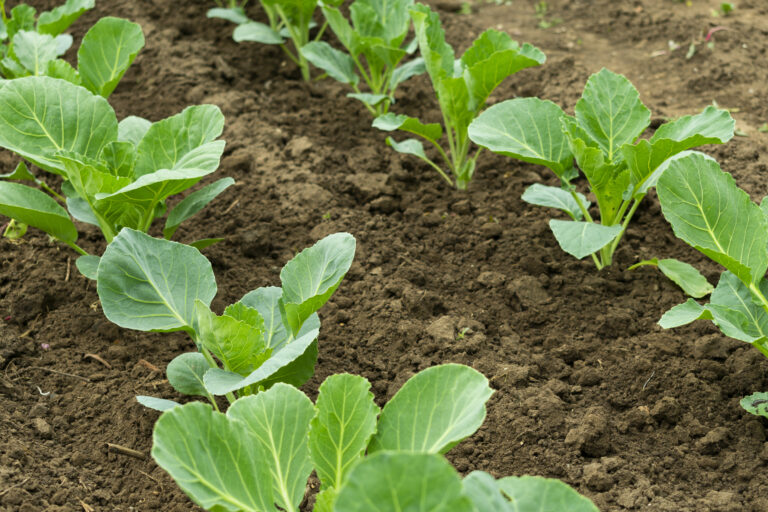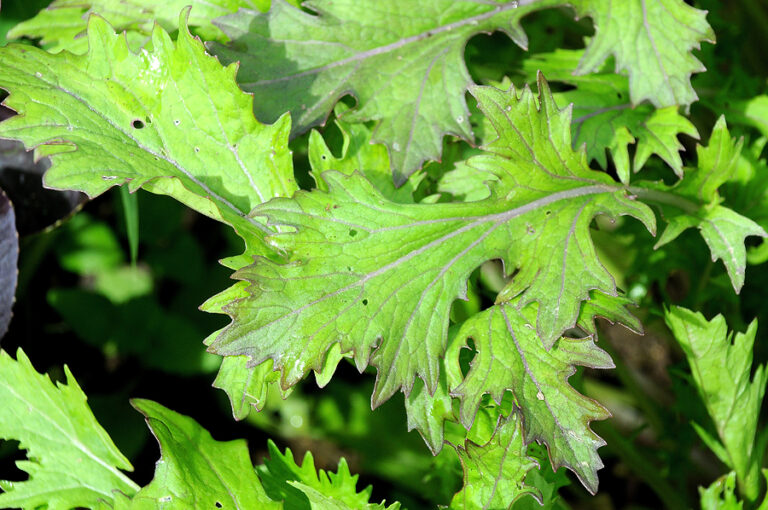How to Grow Kale in Summer: Avoid Heat-Stressed Plants
Kale is often thought of as a cool-season crop, but with the right strategies, you can grow tender, flavorful leaves in summer, even in warm climates. When I moved from the cold winters of Iowa to the hot, dry summers of California’s Sonoma Valley, I had to completely rethink how I grew kale to avoid heat stress, bitterness, and early bolting.
These are the techniques that have consistently worked for me to keep kale lush and productive through the hottest months.
1. Choose Heat-Tolerant Varieties
Not all kale handles summer heat equally well. Over the years, I’ve had the most success with:
- Lacinato (Tuscan or Dinosaur Kale): Flat, dark green leaves; more heat-tolerant than curly types.
- Red Russian: Handles warm weather better than standard curly kale, with mild, tender leaves.
- Premier: Fast-growing and more bolt-resistant in heat.
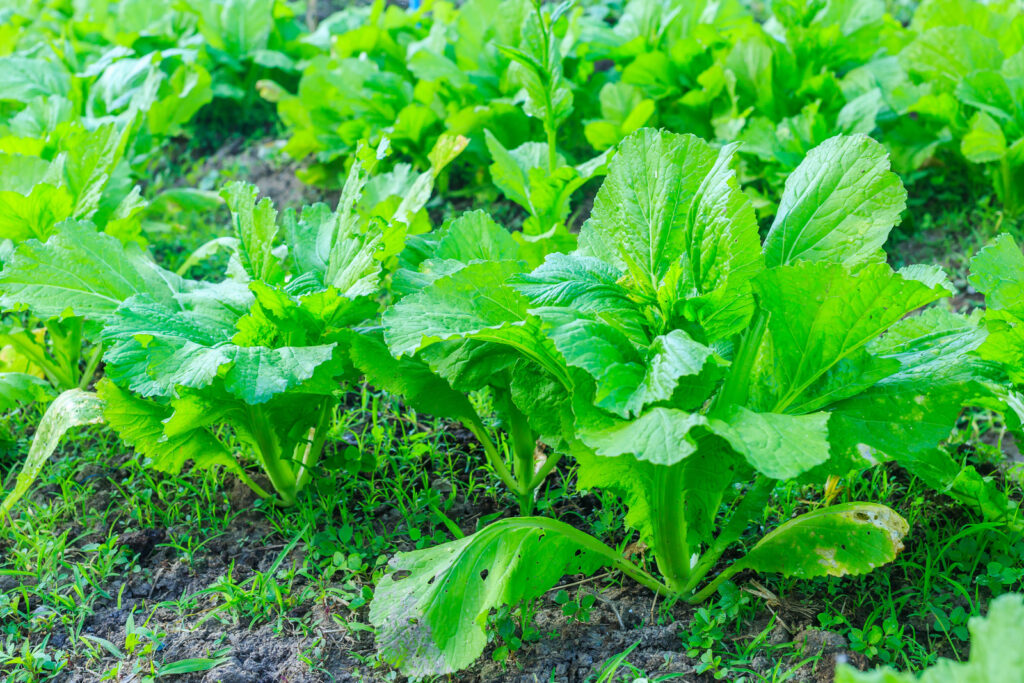
2. Plant in the Right Location
In summer, location is everything.
- Morning Sun, Afternoon Shade: Plant kale where it gets 4–6 hours of direct morning sun but is shaded from the harsh afternoon rays.
- Use Shade Cloth: In my Sonoma Valley garden, I use 30–40% shade cloth during July and August to reduce leaf scorch and heat stress.
3. Keep the Soil Cool
Hot soil accelerates plant stress.
- Mulch Deeply: Apply a 2–4 inch layer of straw, shredded leaves, or compost to insulate the roots.
- Water Early: Water deeply in the early morning so plants are hydrated before temperatures climb.
4. Manage Water Consistently
Summer kale needs more frequent watering than spring or fall crops. In my experience, drought stress is one of the fastest ways to trigger bitterness. Aim to keep soil evenly moist, but not waterlogged.
5. Harvest Strategically
- Pick Smaller Leaves: In summer, harvest baby leaves—they are more tender and less bitter than mature ones.
- Harvest Frequently: Picking often encourages continued leaf production and delays bolting.
6. Start a Fall Crop Mid-Summer
Even if summer kale struggles, you can use the season to get ahead for fall. In hot climates, I start seeds indoors in late July and transplant seedlings outdoors in early September for a stress-free autumn harvest.
From My Garden Experience
When I first tried summer kale in Iowa, I failed—plants bolted fast and leaves were tough. But in Sonoma Valley, using afternoon shade, mulch, and heat-tolerant varieties, I’ve enjoyed fresh kale salads even in August. The key is to think like kale—cool, steady conditions keep it happy.
🥬 Kale Learning Hub
Start here: The Ultimate Kale Growing Guide: From Seed to Harvest
1. Types and Varieties of Kale
- Different Types of Kale Explained: Curly, Flat, Russian & Tuscan
- Best Kale Varieties for Different Climates
2. Planting and Timing
- Kale Seed Starting Tips
- When to Plant Kale for Fall, Winter, and Spring Harvests
- Succession Planting Kale for a Continuous Harvest
- How to Space and Thin Kale for Maximum Yield
- Zone-by-Zone Kale Planting Calendar
3. Seasonal Growing
- How to Grow Kale in Cold Climates and Overwinter Successfully
- Can You Grow Kale in Summer? Tips for Heat-Stressed Plants
4. Care and Maintenance
- How Much Water Does Kale Need? A Watering Guide
- How to Fertilize Kale for Lush Leaf Growth
- Best Companion Plants for Kale (And What to Avoid)
- How to Prune Kale for Continued Production
5. Container Gardening
6. Pests and Diseases
7. Harvest and Storage
- How to Harvest and Store Kale
- How and When to Harvest Kale Leaves for Best Flavor
- Tips for Extending Kale Harvest Through the Season
8. Kale in the Kitchen

